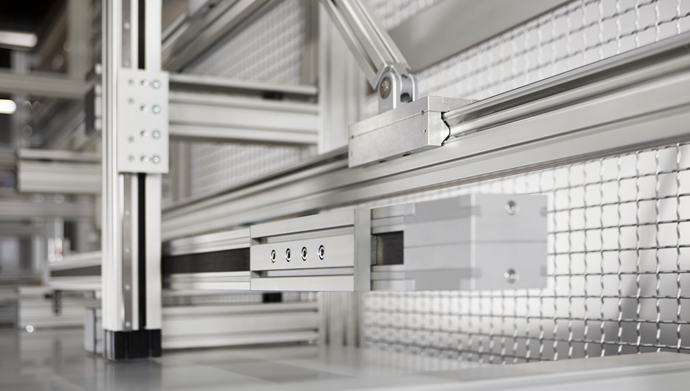Camera, action and direct assessment – a thrilling glimpse into the future of ergonomic evaluation.
Day after day, experienced specialist workers bring their expertise to bear in assembly processes. At the same time, working in assembly is notoriously draining. The challenge is therefore to hold onto these valuable workers as long as possible while also maintaining cost-effectiveness. Particular effort must be put into making sure work does not put too much strain on staff over time. This is why ergonomic work bench design has risen to such prominence in industry. An innovative collaborative project between the Institut für Integrierte Produktion Hannover (IPH) and the Institute for Production Systems and Logistics (IFA) at Leibniz University, Hanover, has taken up this issue, addressing the following question: Is there a flexible and budget-friendly way of assessing whether employees are working ergonomically at industrial work benches ?This issue is particularly relevant for small and medium-sized companies, as not every employee can have access to an ergonomics coach during their initial training.
The status quo in ergonomic assessment
Let’s start by looking at how things currently stand. At the moment, sensors on the body or motion-capture suits are frequently used to assess whether or not movements are ergonomic. To this end, the person whose movements are to be captured wears an all-over bodysuit covered in markers. When the movement of these markers is recorded and compiled, the data from this simulation of the work activity can be used to create 3D models. We are familiar with the results thanks to Hollywood films such as “The Lord of the Rings”, and football video games – animated star footballers or fantasy figures move very realistically or just as fluently as you would picture in your imagination.
However, there is just one catch when it comes to using motion capture suits – you are unlikely to act naturally when you’re carrying out your work in a strange environment, especially when under observation. Even if this test is conducted at the usual workplace, the whole thing is more of an irritation than anything else. Another option is to set up a camera for a certain period and then have the recordings evaluated by a physiotherapist. Both these procedures are time-consuming and expensive, meaning they are only really cost-effective for large companies.
Ergonomics for SMEs
This is precisely where the Workcam project comes in. “Our aim is to minimise the outlay involved in this kind of assessment. SMEs simply cannot afford to send off a valuable specialist to take part in an assessment,” says Sebastian Brede, project manager at IPH. Our goal is to develop a mobile camera system that is linked to software that independently undertakes ergonomics evaluations. While the IPH is developing the camera technology and data analysis, the team at the IFA is working on the ergonomic evaluation itself. There are two alternatives that are currently being considered. The first possibility is to store all the ideal positions in the system and alert workers when they deviate from these. Alternatively, all the wrong positions could be stored, so that the system sends an alert when the camera recognises one of them.
In this way, employees can go about their work quite naturally at their industrial work bench while undergoing an ergonomic assessment at the same time. For Brede, this is a vital aspect. “There is no interference with the work process. Everything continues as normal, in the usual environment, without any overall or special markers.” In addition to continued efficiency during the analysis, another plus point for this system is its flexibility. Once a worker has been made aware of bad posture, the system can be moved on to the next assembly work bench. This enables all workers to gradually learn how they can protect their health and prevent illness. The innovative ergonomic project was launched on 1 April 2017, and is set to run until 31 March 2019. We’re certainly looking forward to checking out the demonstration model that is to be up and running by then.
Would you like to keep up-to-date with the world of work bench ergonomics?
Then we have something that might just help!
Simply subscribe to the item blog by completing the box at the top right!









